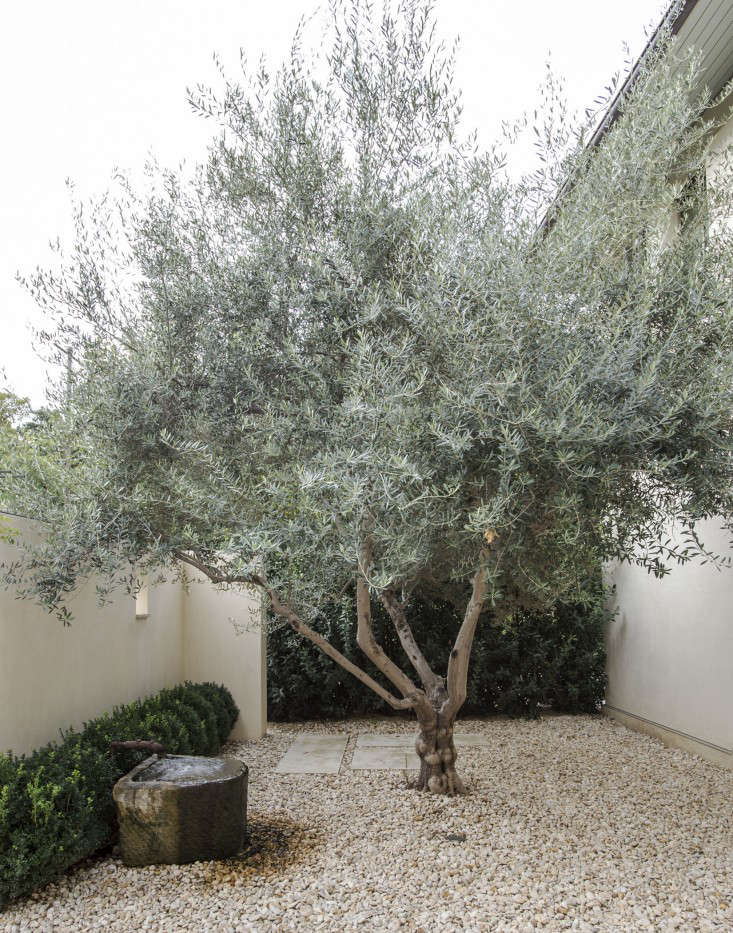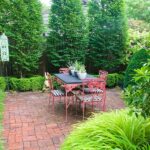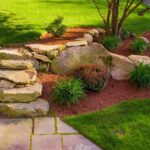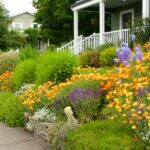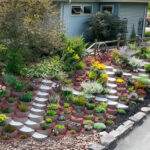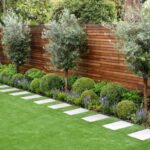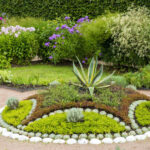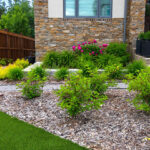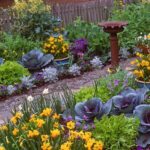Landscaping a garden can transform an outdoor space into a beautiful and inviting area that enhances the overall look and feel of a home. There are many ways to approach landscaping, from incorporating various plants and flowers to adding hardscaping elements like pathways, patios, and water features. By strategically planning and designing the layout of a garden, homeowners can create a personalized oasis that reflects their individual style and preferences.
One of the first steps in landscaping a garden is to assess the existing space and determine what changes need to be made. This may involve removing overgrown plants, adding new soil, or reconfiguring the layout to create more functional and visually appealing areas. It’s important to take into consideration factors like sunlight exposure, soil quality, and drainage when planning a garden design, as these elements will impact the health and growth of plants.
Choosing the right plants for a garden is also a key aspect of landscaping. Consider factors like the climate, soil type, and maintenance requirements when selecting plants to ensure they will thrive in their new environment. Mixing different types of plants, such as flowers, shrubs, and trees, can add texture and variety to a garden and create visual interest throughout the year.
Incorporating hardscaping elements into a garden design can help define spaces and add functionality to the outdoor area. Features like pathways, patios, and retaining walls can create focal points and provide areas for entertaining or relaxation. Water features like fountains or ponds can add a sense of tranquility and calm to a garden, while adding a touch of elegance and sophistication.
Maintaining a landscaped garden is essential to keeping it looking its best. Regular watering, pruning, and fertilizing will help plants grow and flourish, while cleaning and repairing hardscaping elements will ensure they continue to enhance the overall design. Consider incorporating sustainable practices like composting, rainwater harvesting, and using native plants to reduce water usage and promote a healthy ecosystem in the garden.
In conclusion, landscaping a garden is a creative and rewarding process that can turn an ordinary outdoor space into a stunning and functional area that can be enjoyed year-round. By carefully planning and designing the layout, selecting the right plants and hardscaping elements, and maintaining the garden regularly, homeowners can create a beautiful oasis that reflects their style and enhances the overall look and feel of their home. With a little time and effort, anyone can create a truly unique and inviting garden that will be enjoyed for years to come.
